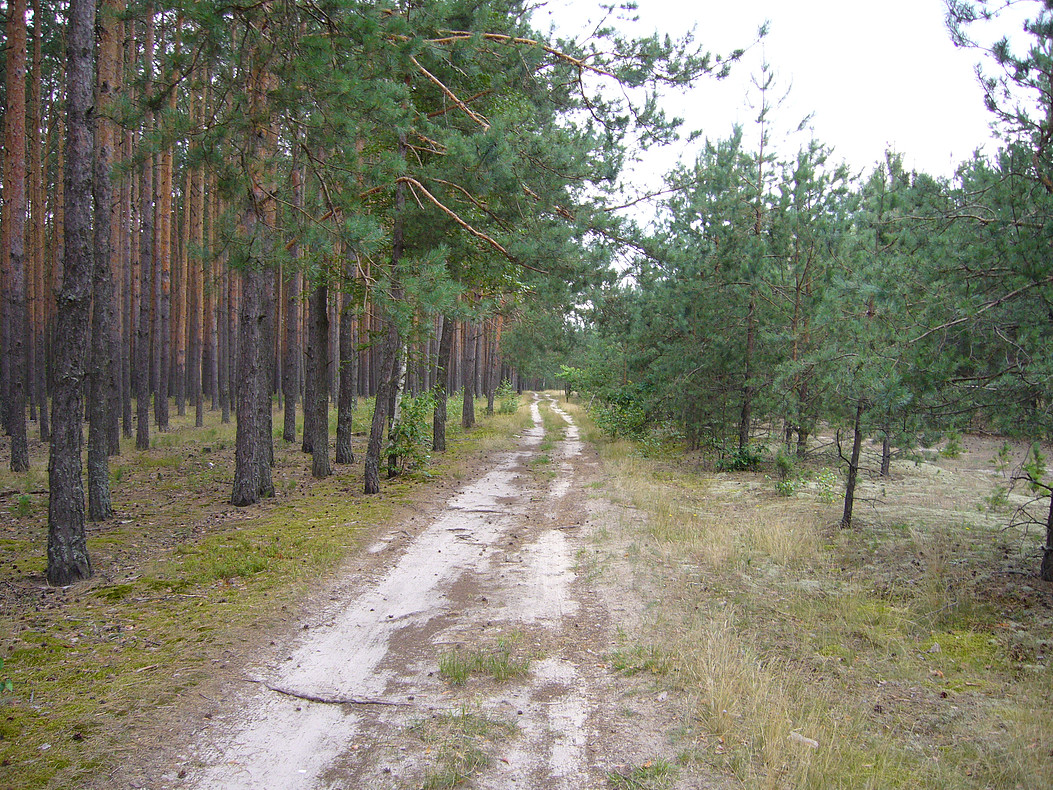

Murder Story of Dabrowica Jews in the Forest in the Tutowicze Area

On August 27-28, the Jews of Dąbrowica were taken from the Poleska camp, along with Jews from other localities in the Sarny County, and led to several pits that had been dug 1.5 kilometers northwest of the town of Sarny, at the edge of the forest, near the road leading to the village of Tutowicze.
Upon arriving at the Tutowicze forest shooting site, the victims – men, women, children, and elderly people – were ordered to strip naked and empty their pockets into a specially prepared box. Then, in groups, they were forced into the pits. Men from the Security Police and SD squad from Równe (reinforced by German Police Battalion 323) would force the victims to lie in the pit in rows, face down, whereupon they would shoot the victims in the head with machine guns. The little children were thrown alive into a separate pit. In this way, up to several rows of bodies would be stacked in each mass grave. The pits were then covered with chlorinated lime, and earth was piled on top of them. Among the victims, there were some 100 Roma people, who died protesting that they were not Jews.
The Gebietskommissar of the Sarny County, Kameradschaftsfuhrer Huala, was in charge of this murder operation.


